-
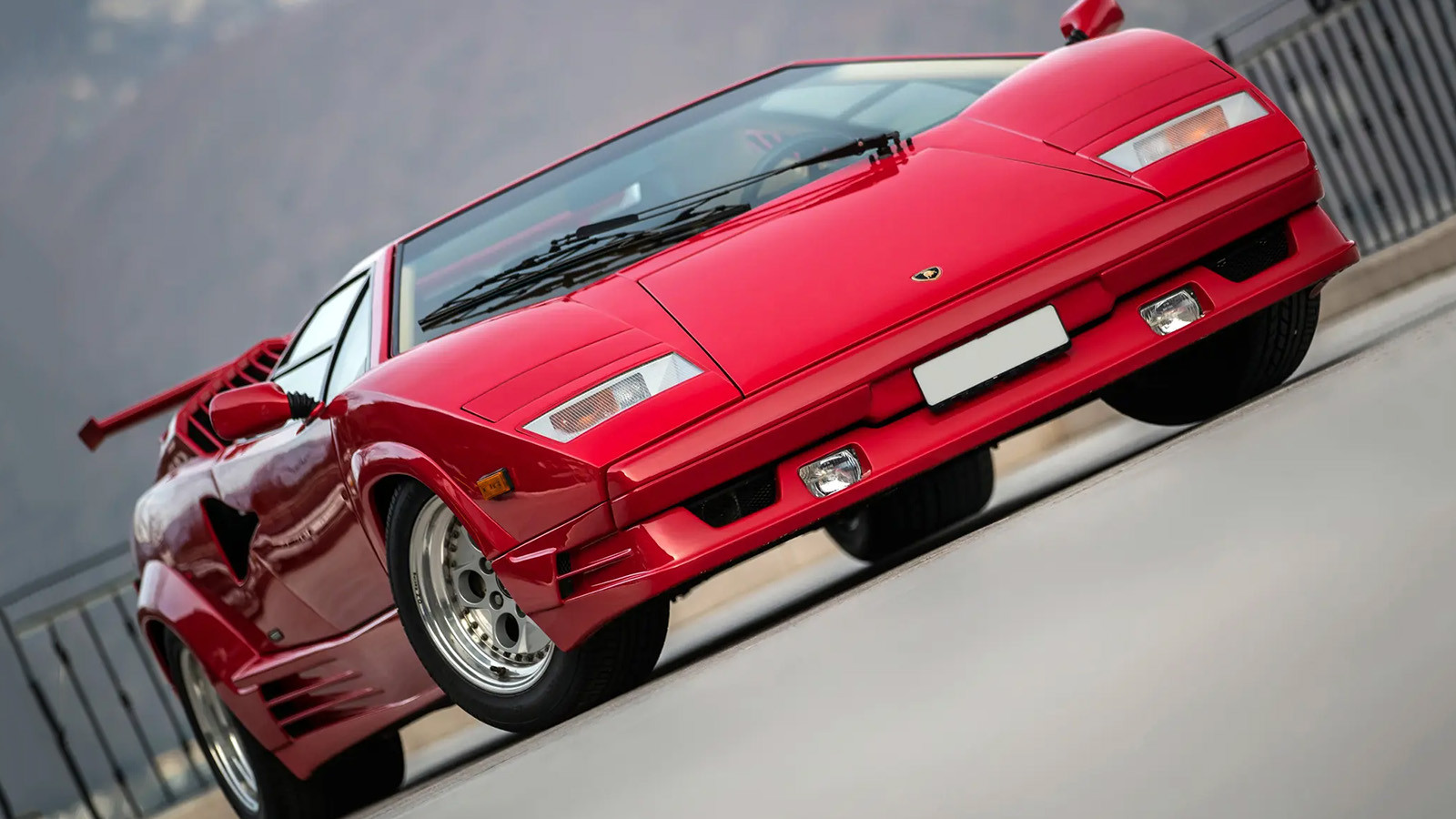 © Uroš Modlic/RM Sotheby's
© Uroš Modlic/RM Sotheby's -
 © H&H Classics
© H&H Classics -
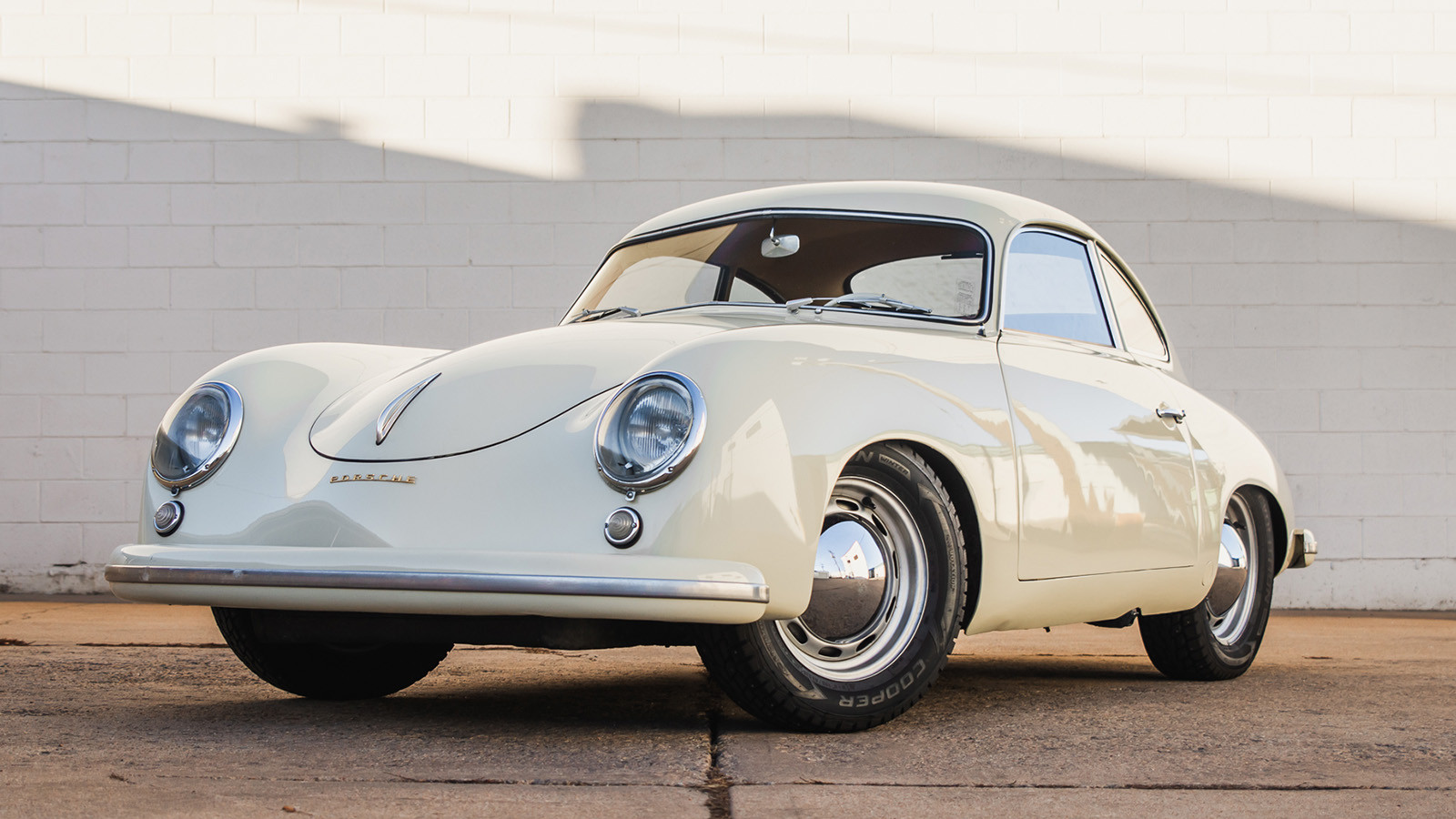 © Bring A Trailer
© Bring A Trailer -
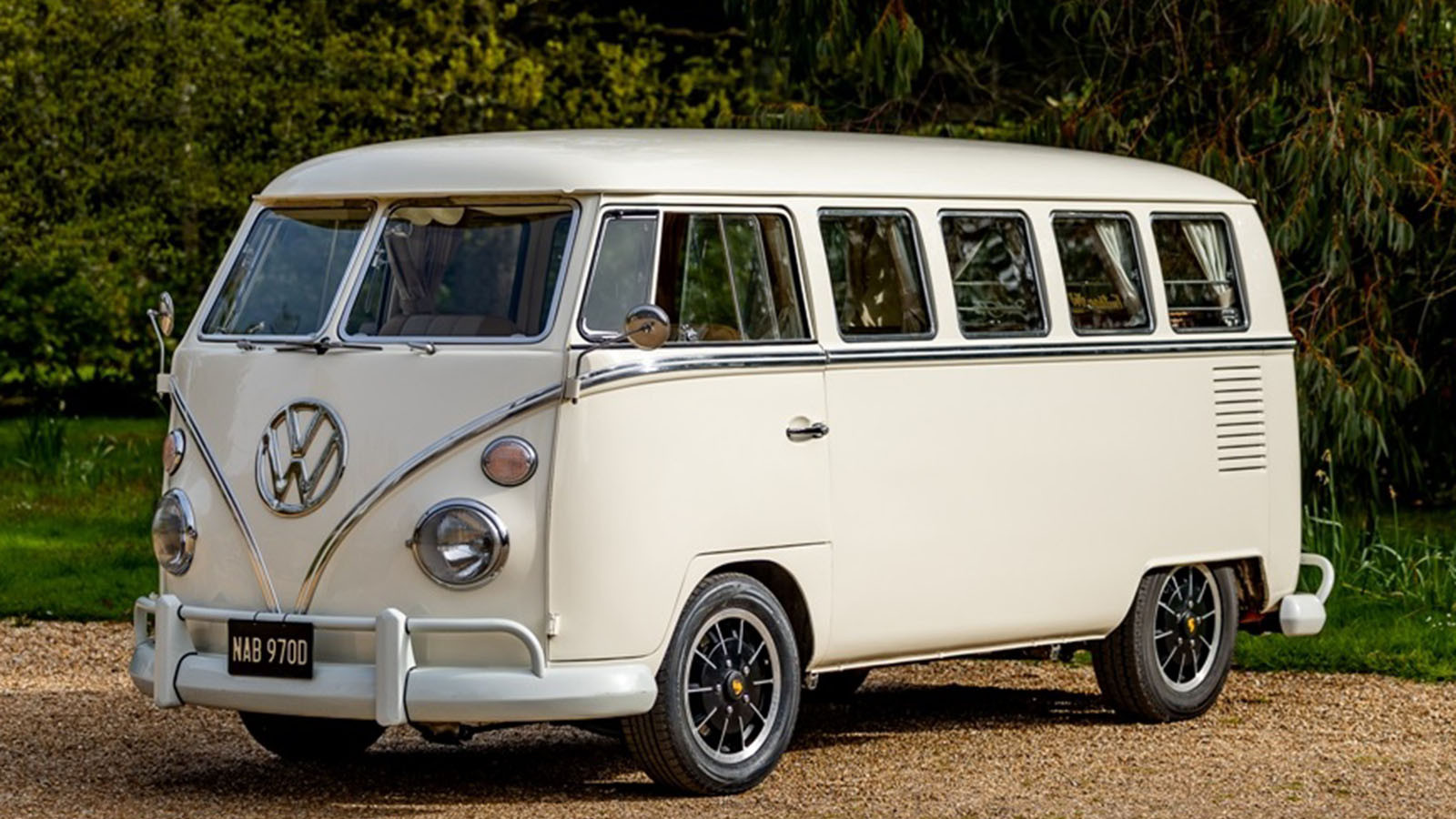 © Historics Auctioneers
© Historics Auctioneers -
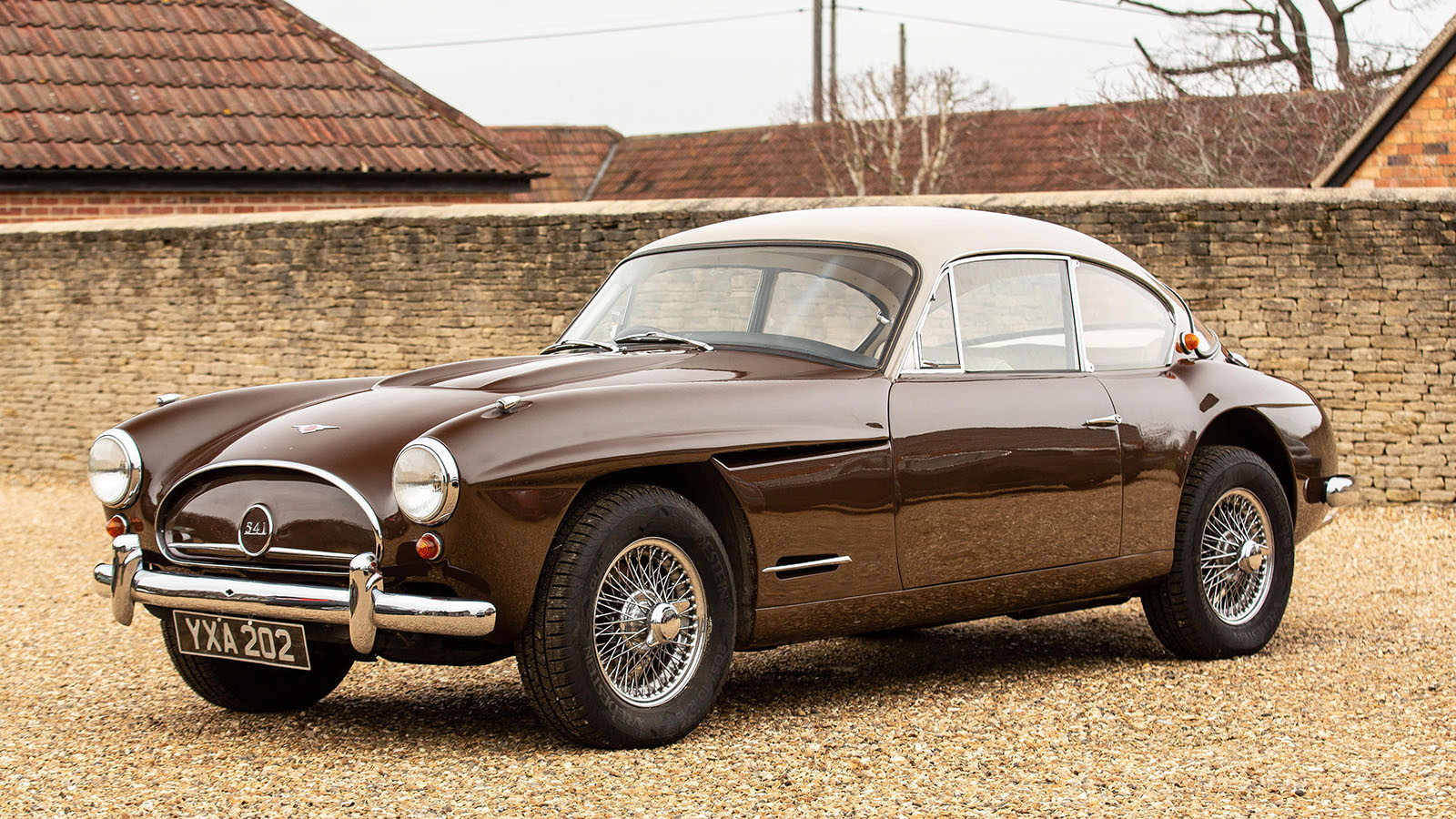 © Bonhams|Cars
© Bonhams|Cars -
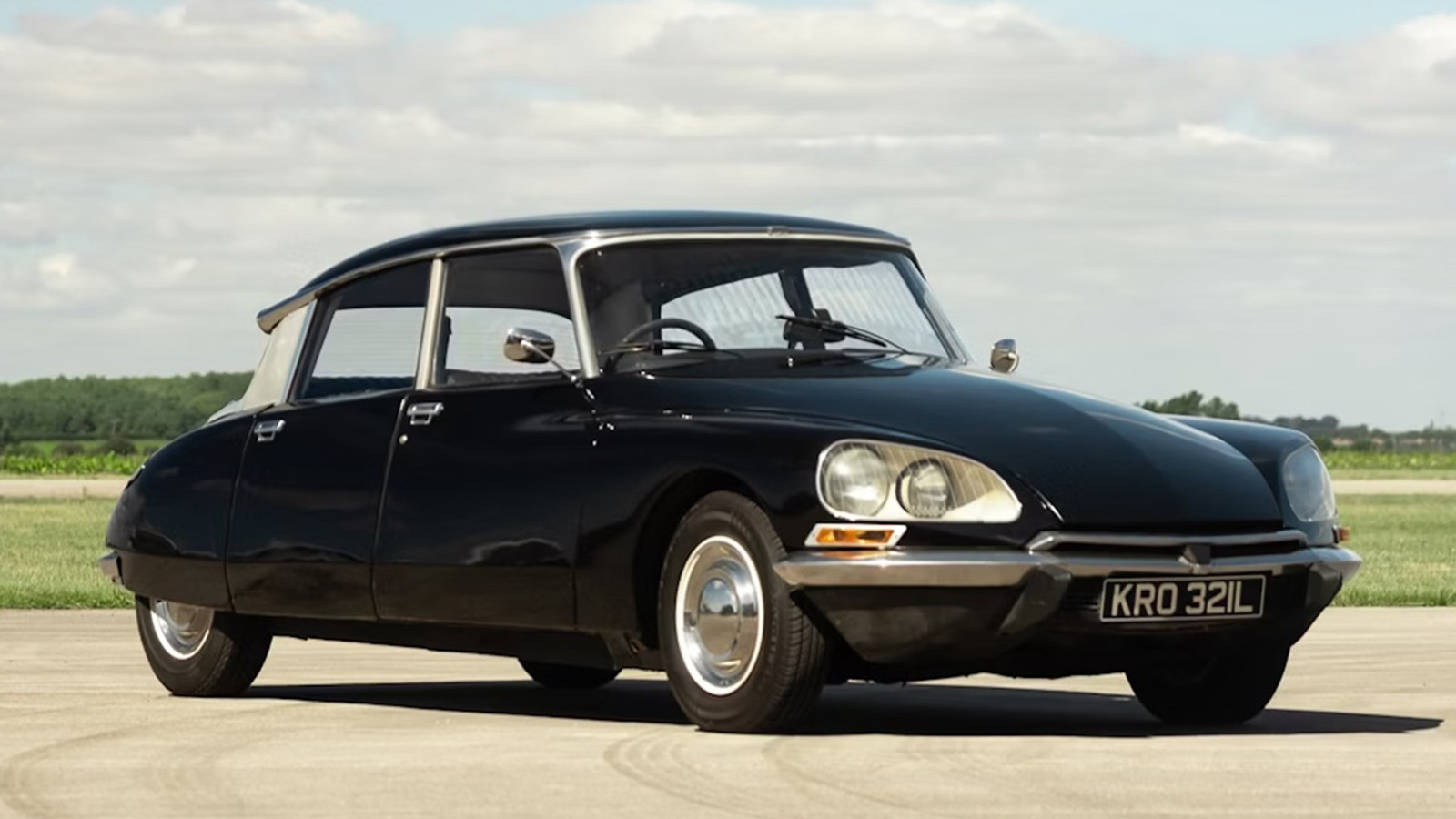 © Collecting Cars
© Collecting Cars -
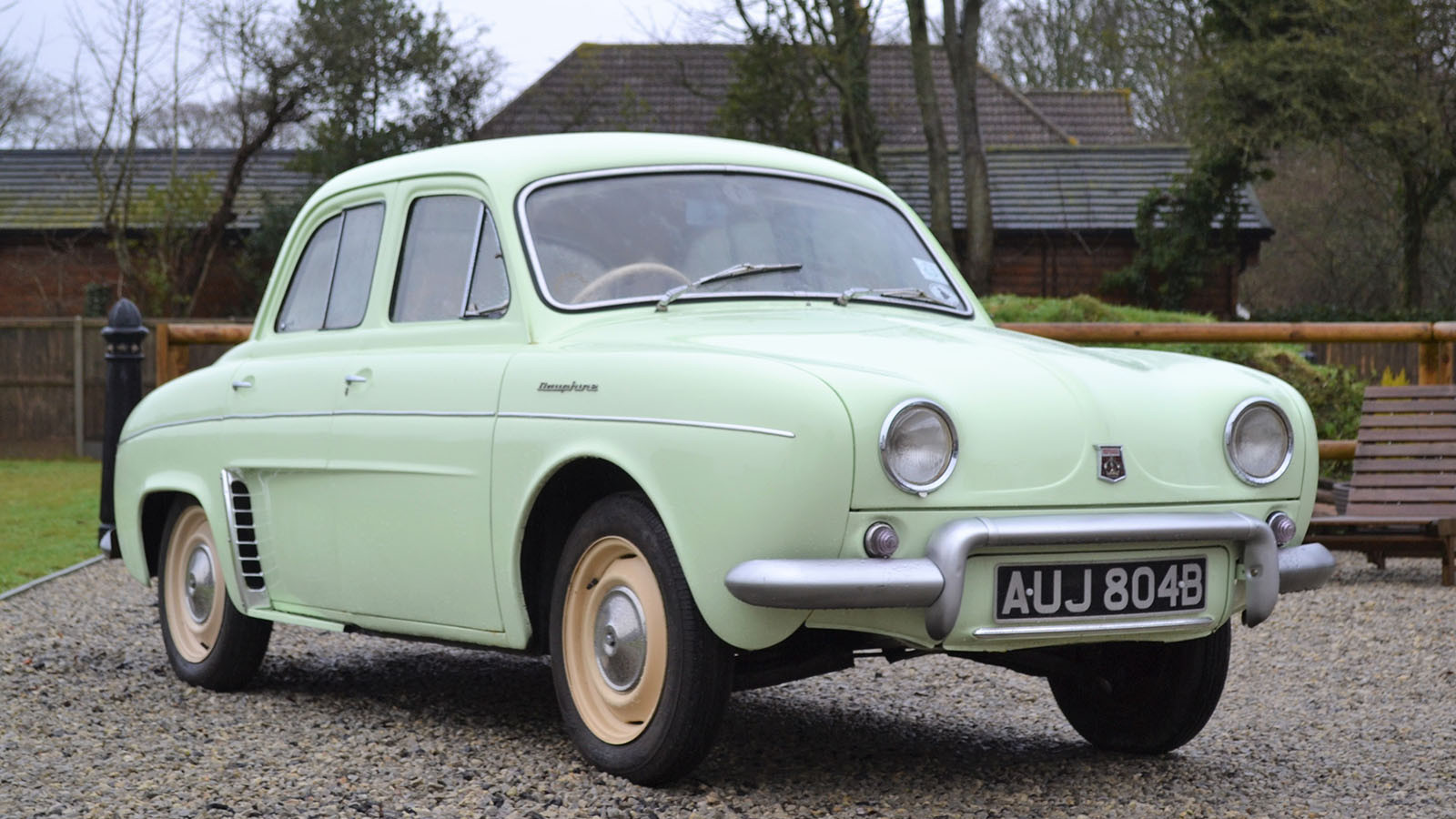 © H&H Classics
© H&H Classics -
 © Bonhams|Cars
© Bonhams|Cars -
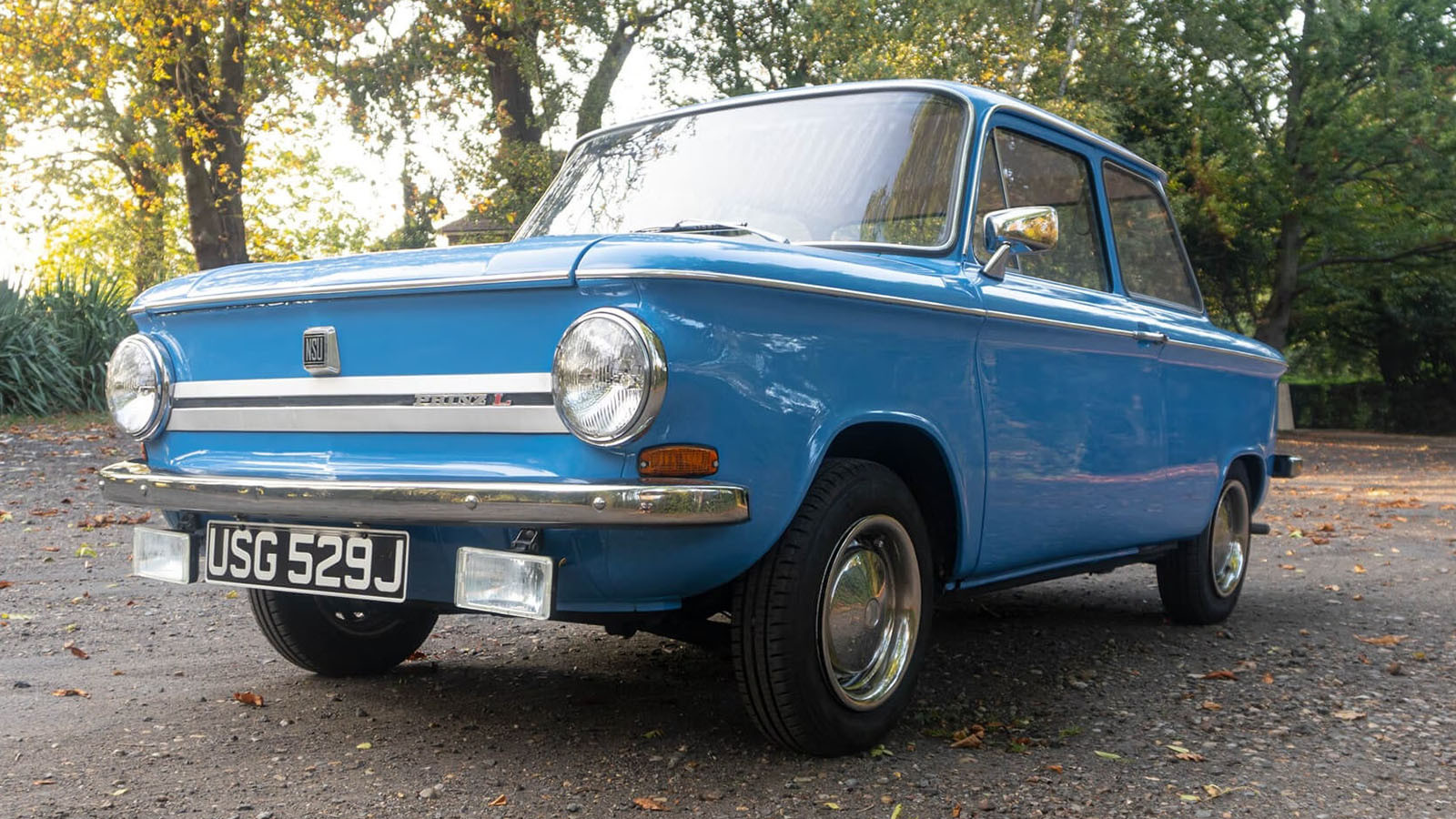 © Collecting Cars
© Collecting Cars -
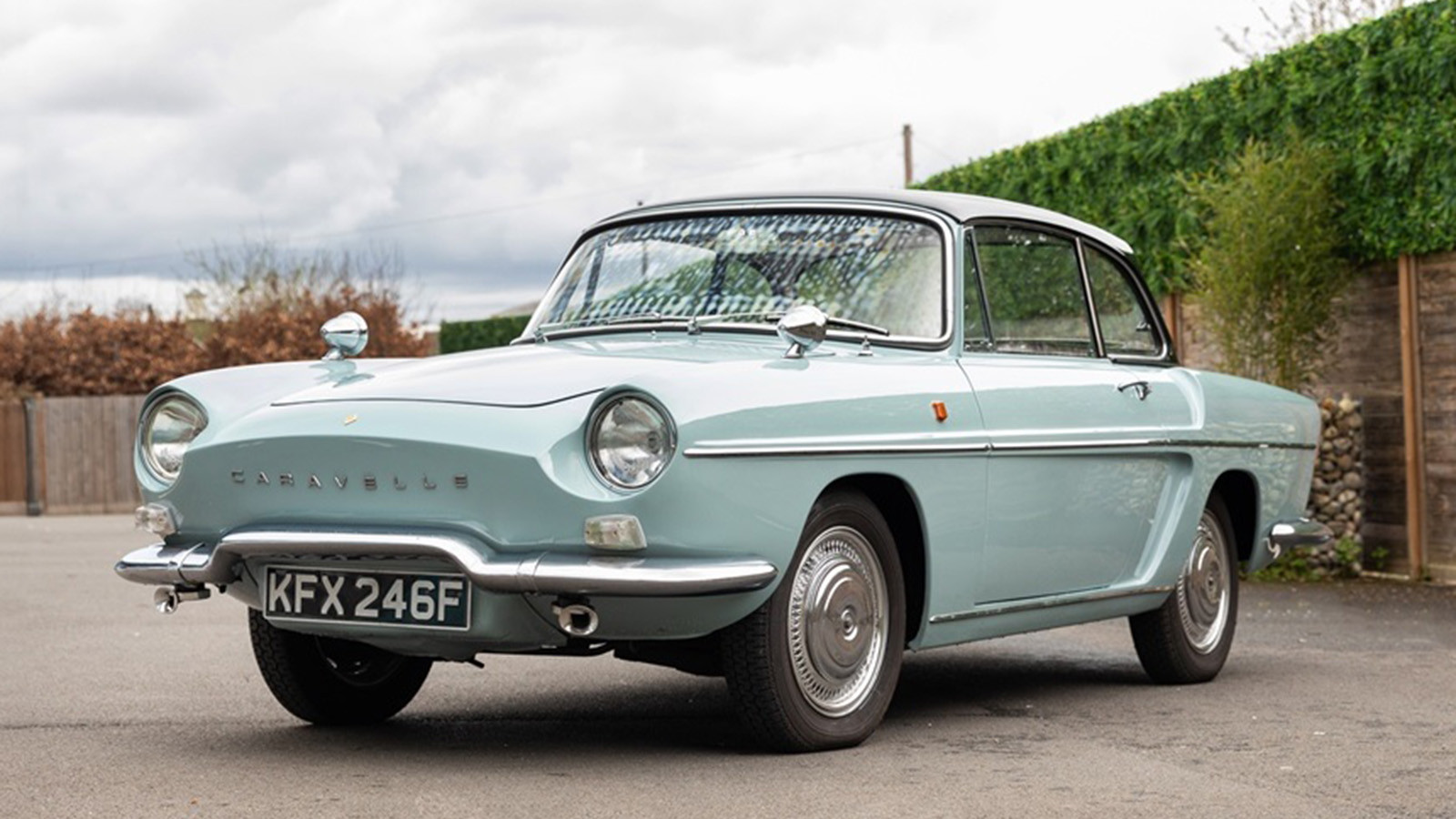 © Historics Auctioneers
© Historics Auctioneers -
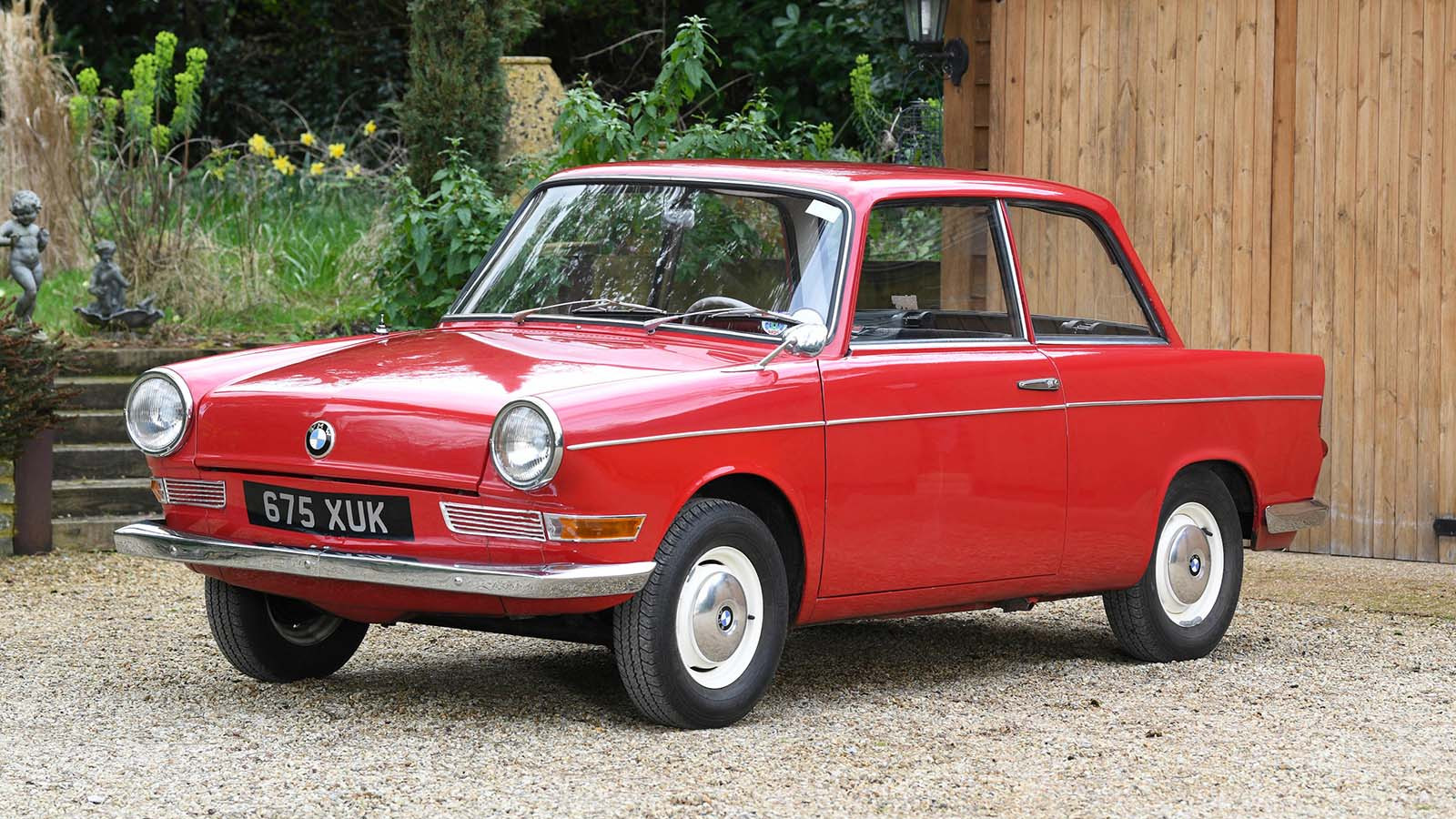 © Bonhams|Cars
© Bonhams|Cars -
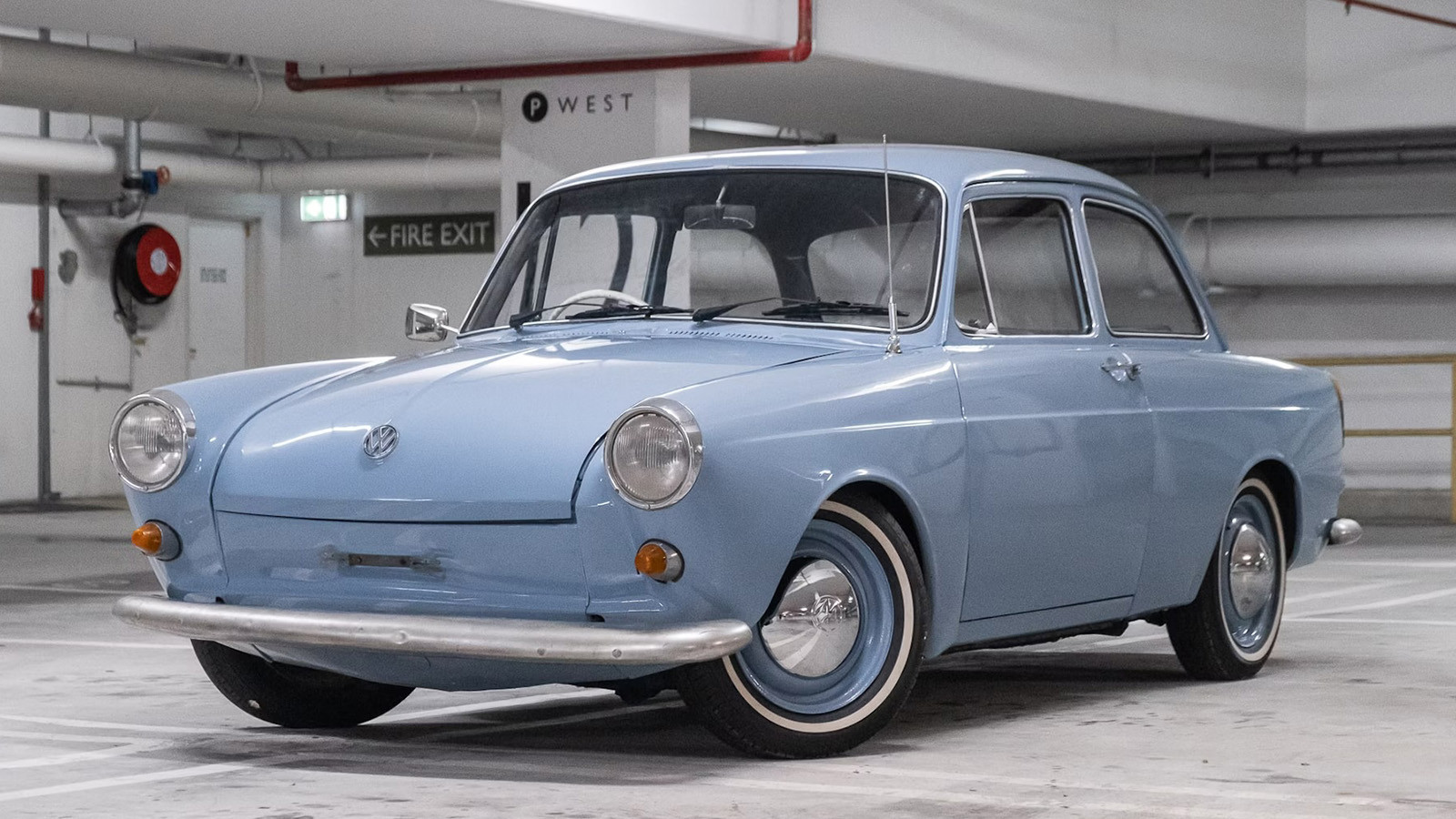 © Collecting Cars
© Collecting Cars -
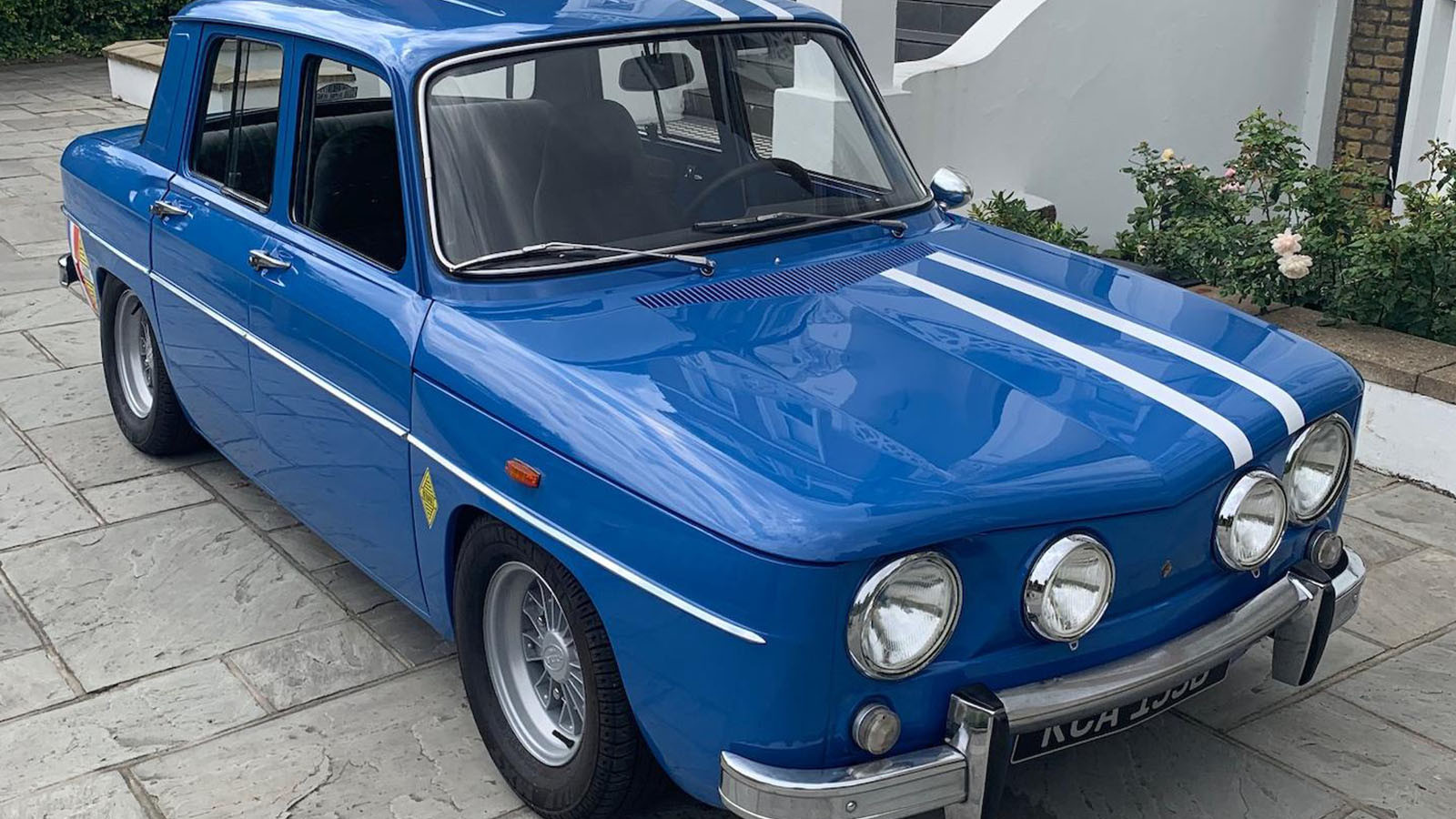 © Bonhams|Cars
© Bonhams|Cars -
 © Collecting Cars
© Collecting Cars -
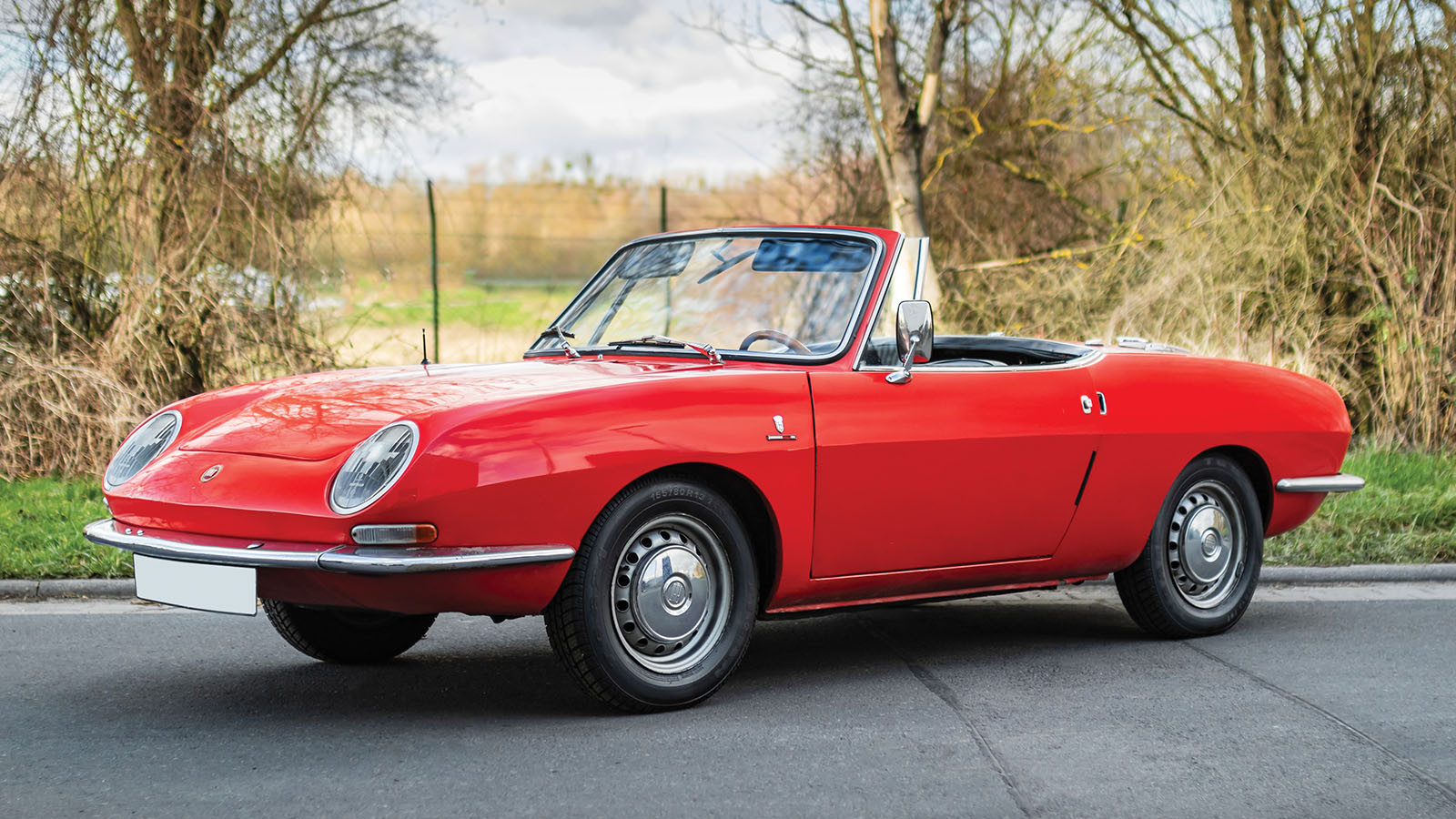 © Diana Varga/RM Sotheby’s
© Diana Varga/RM Sotheby’s -
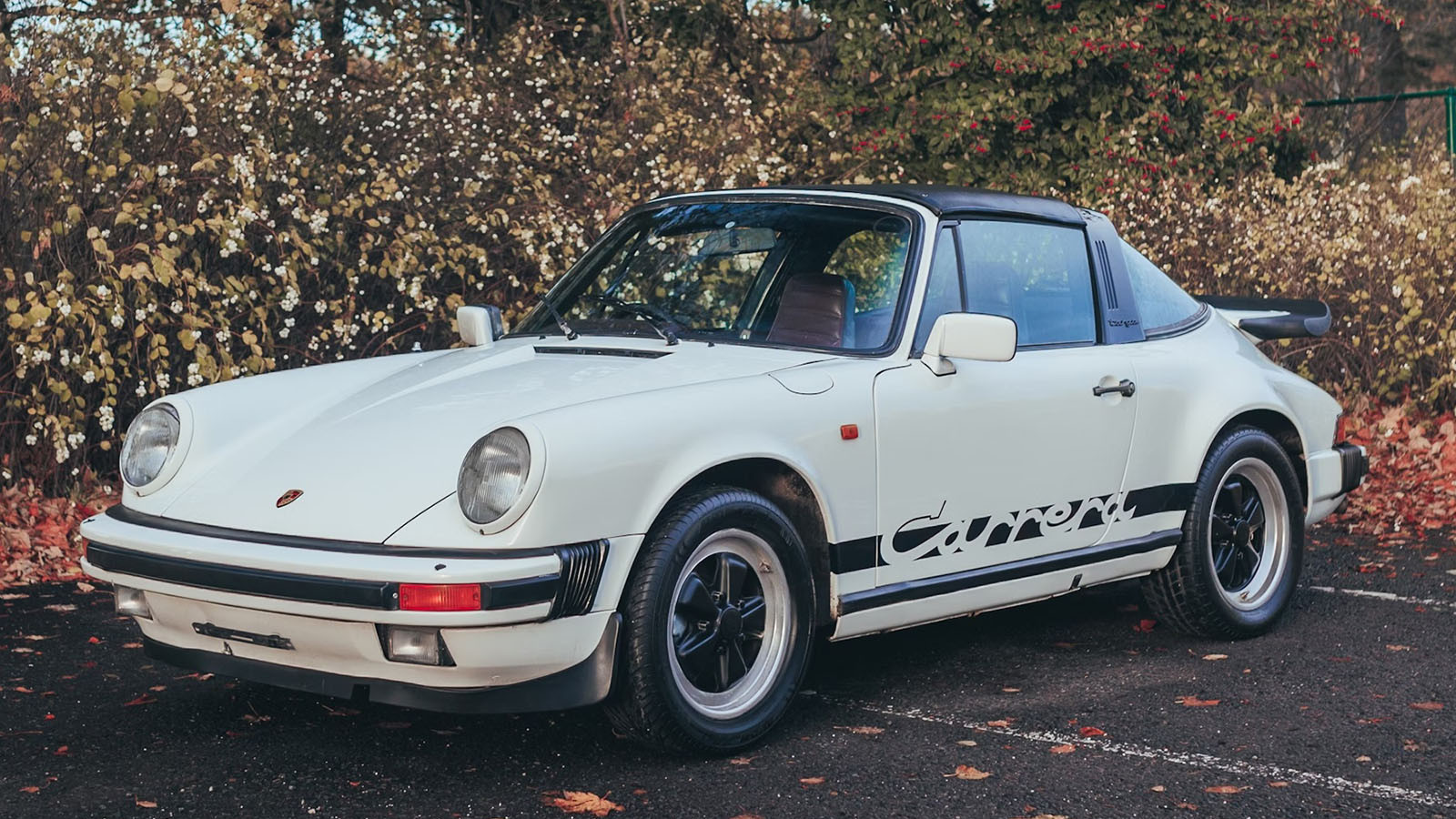 © Collecting Cars
© Collecting Cars -
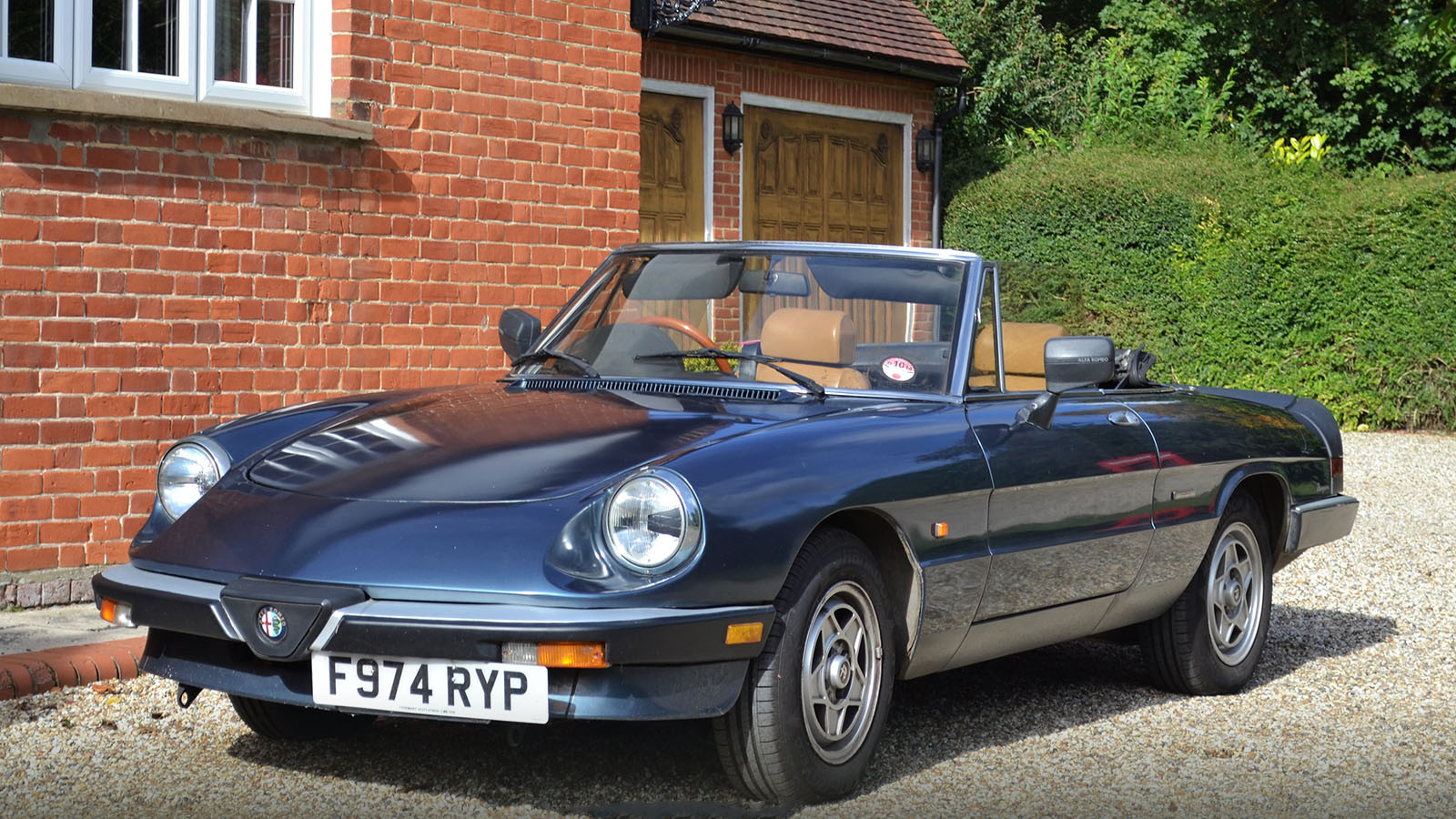 © H&H Classics
© H&H Classics -
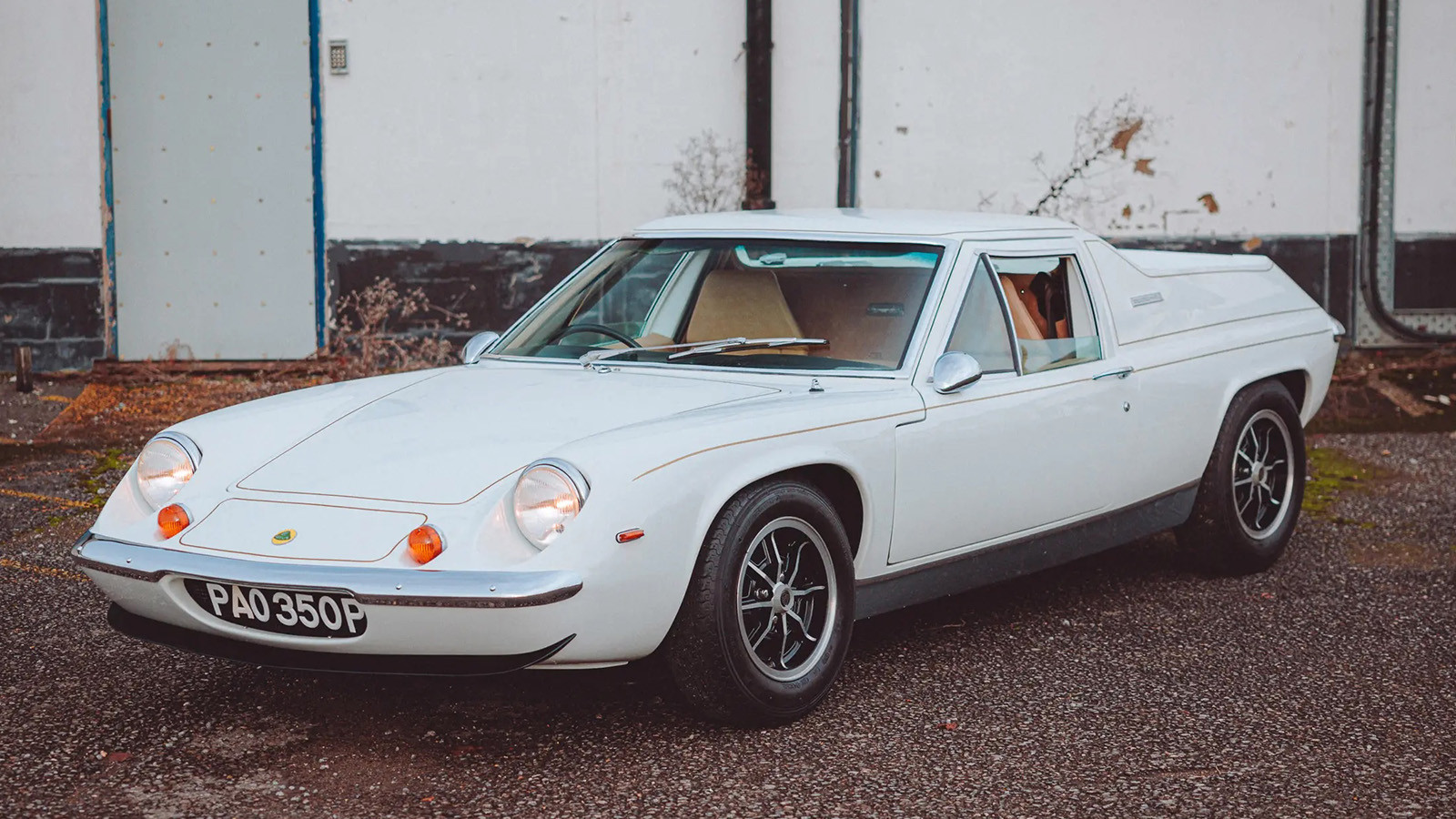 © Bonhams|Cars
© Bonhams|Cars -
 © Historics Auctioneers
© Historics Auctioneers -
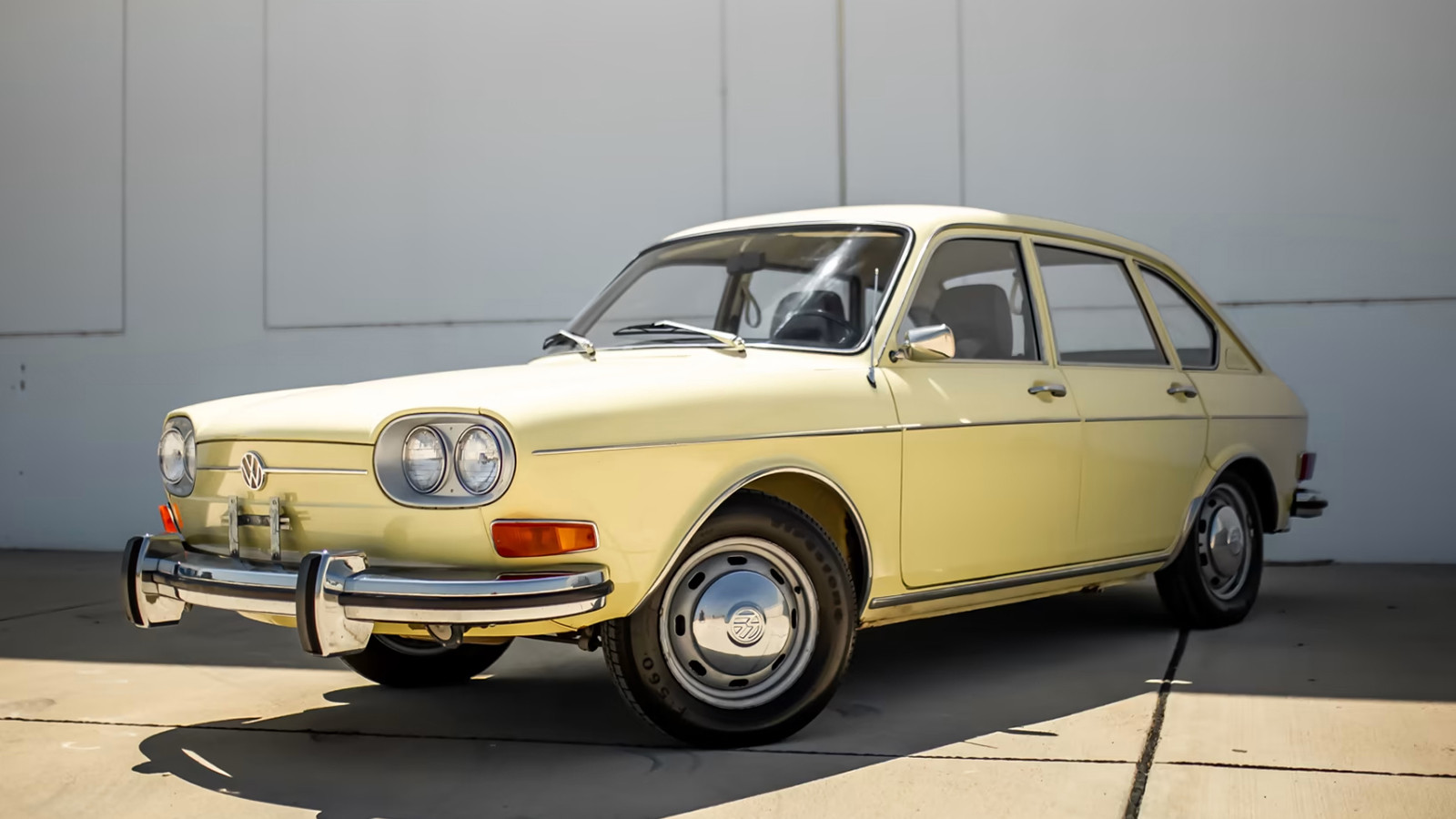 © Mecum Auctions
© Mecum Auctions -
 © Manor Park Classics
© Manor Park Classics -
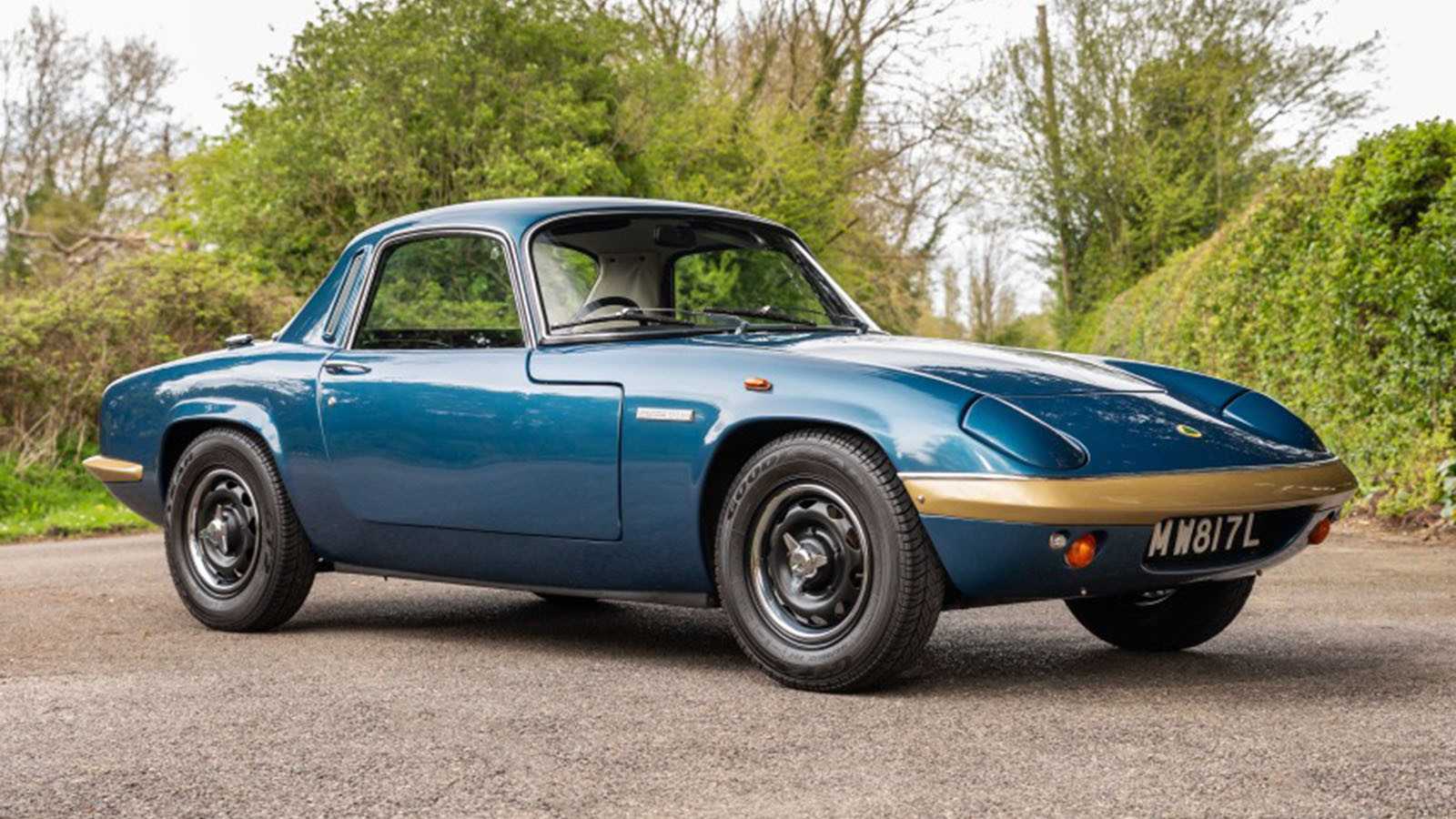 © Historics Auctioneers
© Historics Auctioneers -
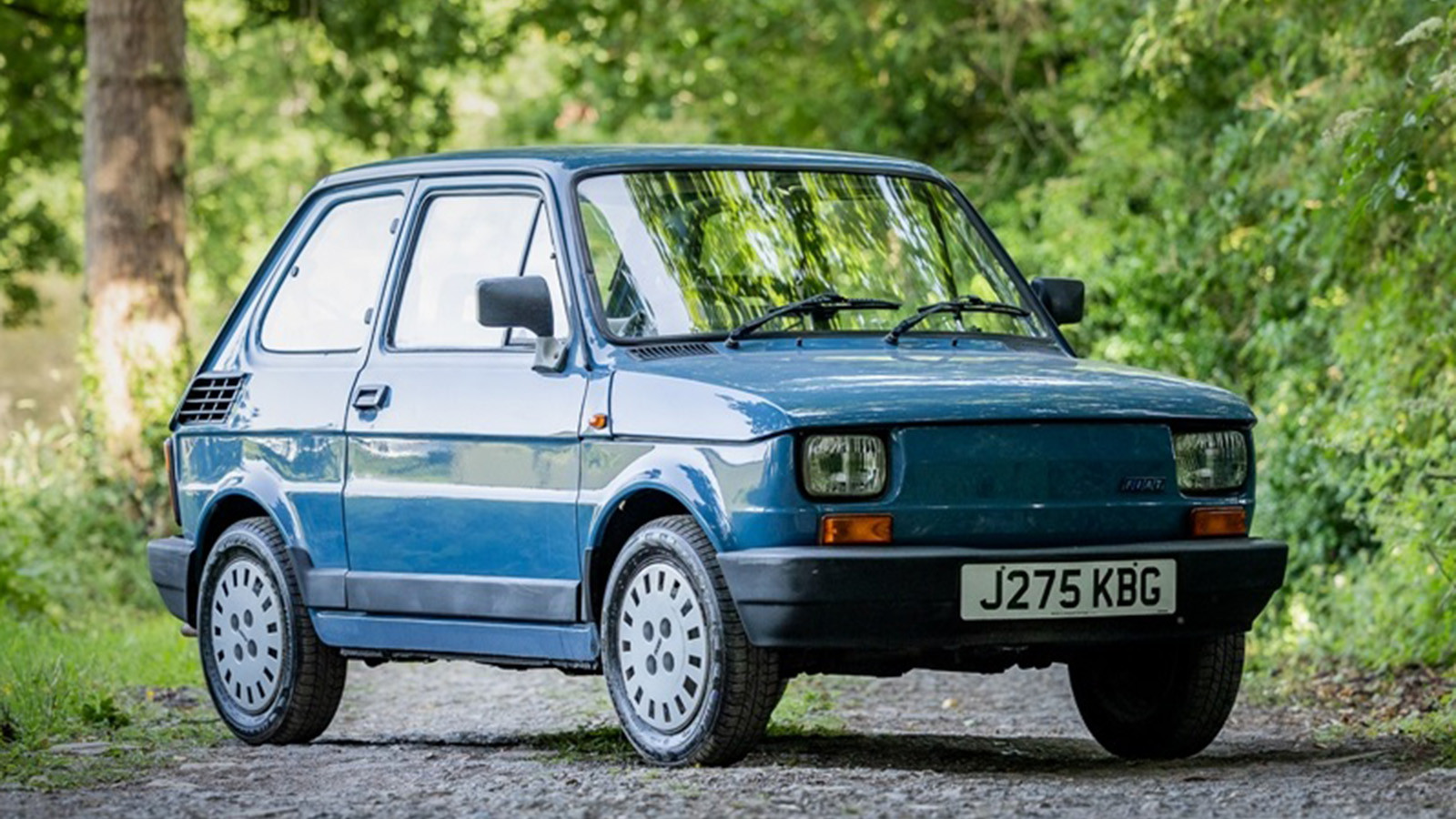 © Historics Auctioneers
© Historics Auctioneers -
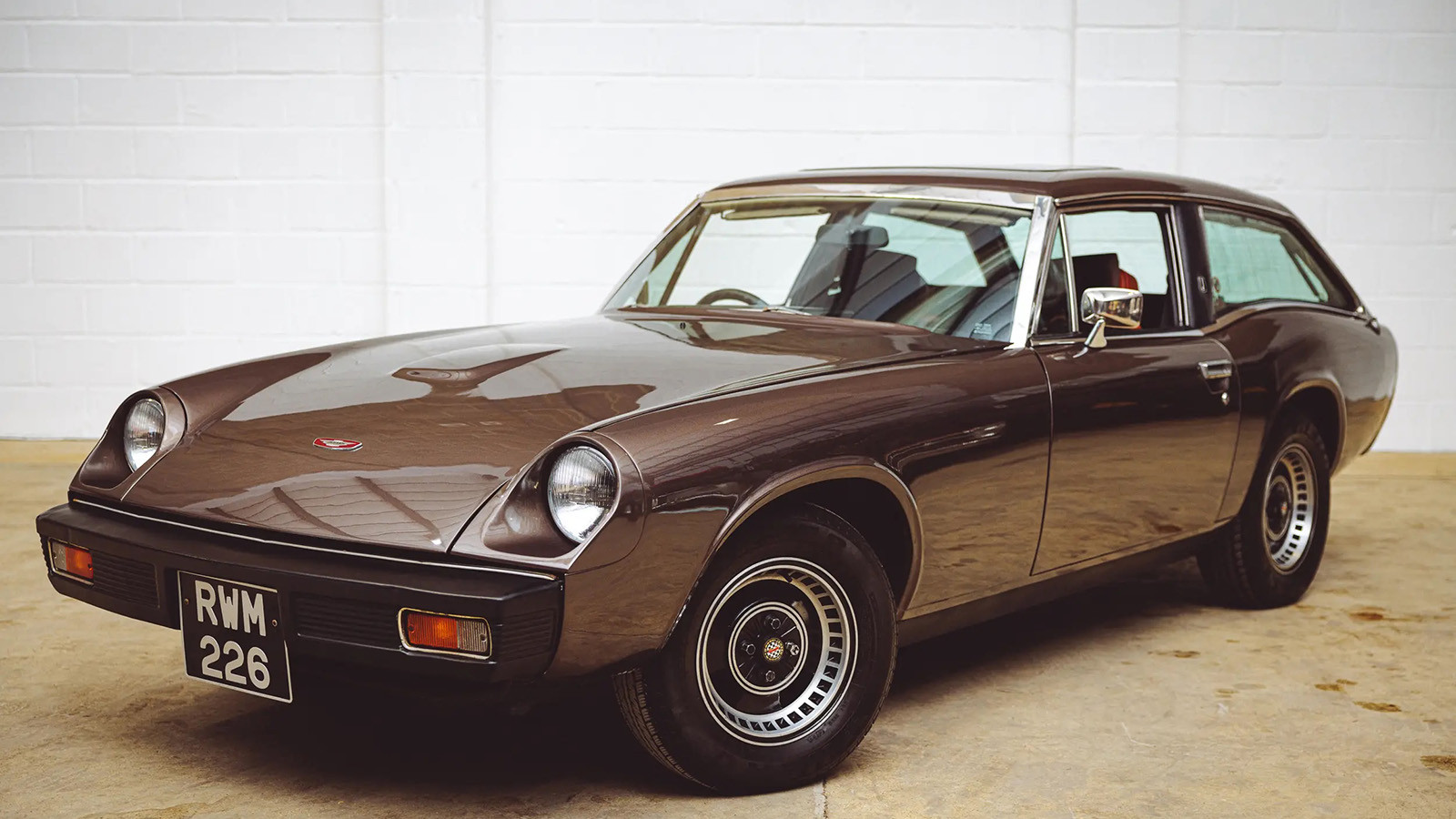 © Bonhams|Cars
© Bonhams|Cars -
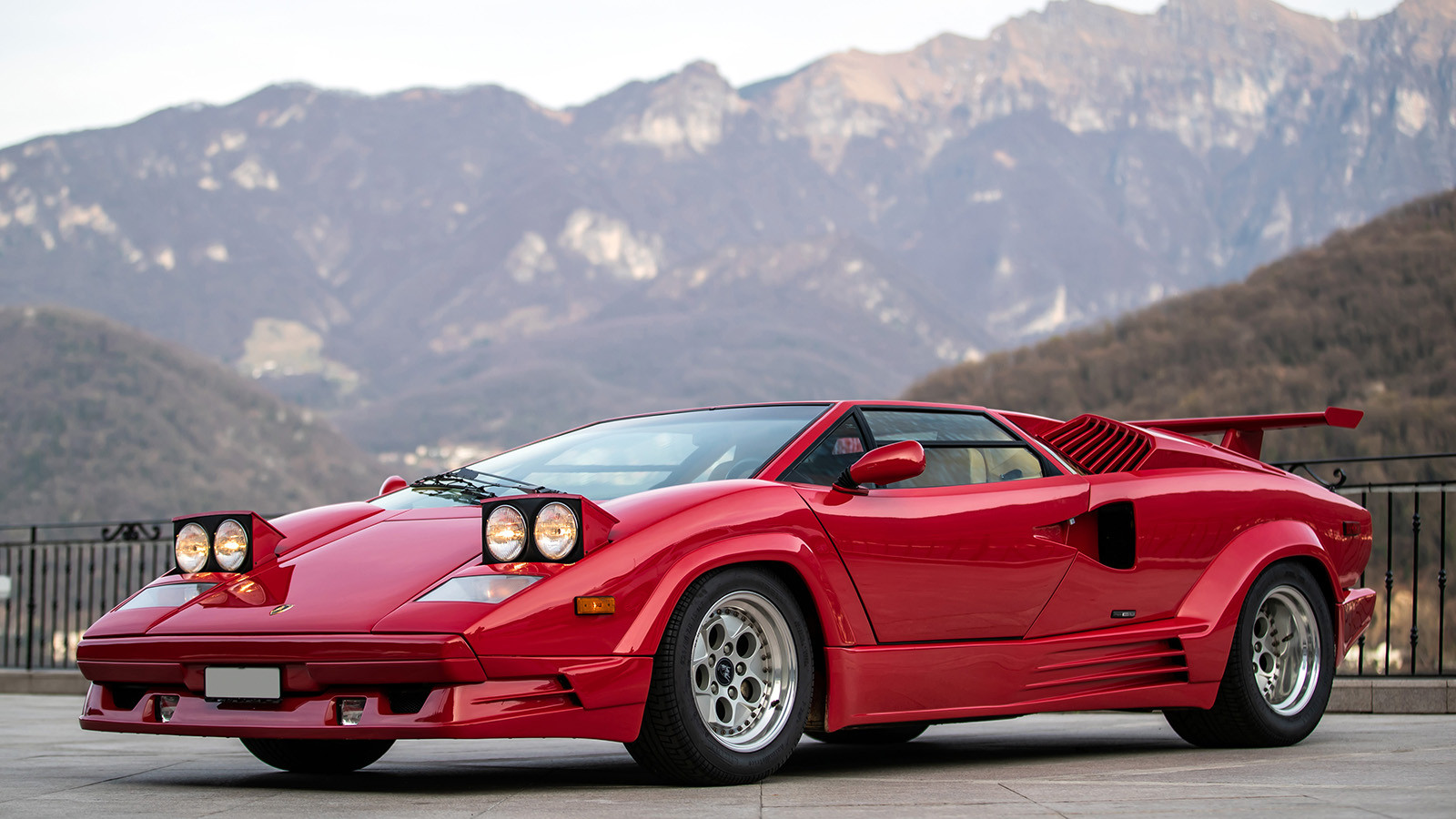 © Uroš Modlic/RM Sotheby's
© Uroš Modlic/RM Sotheby's -
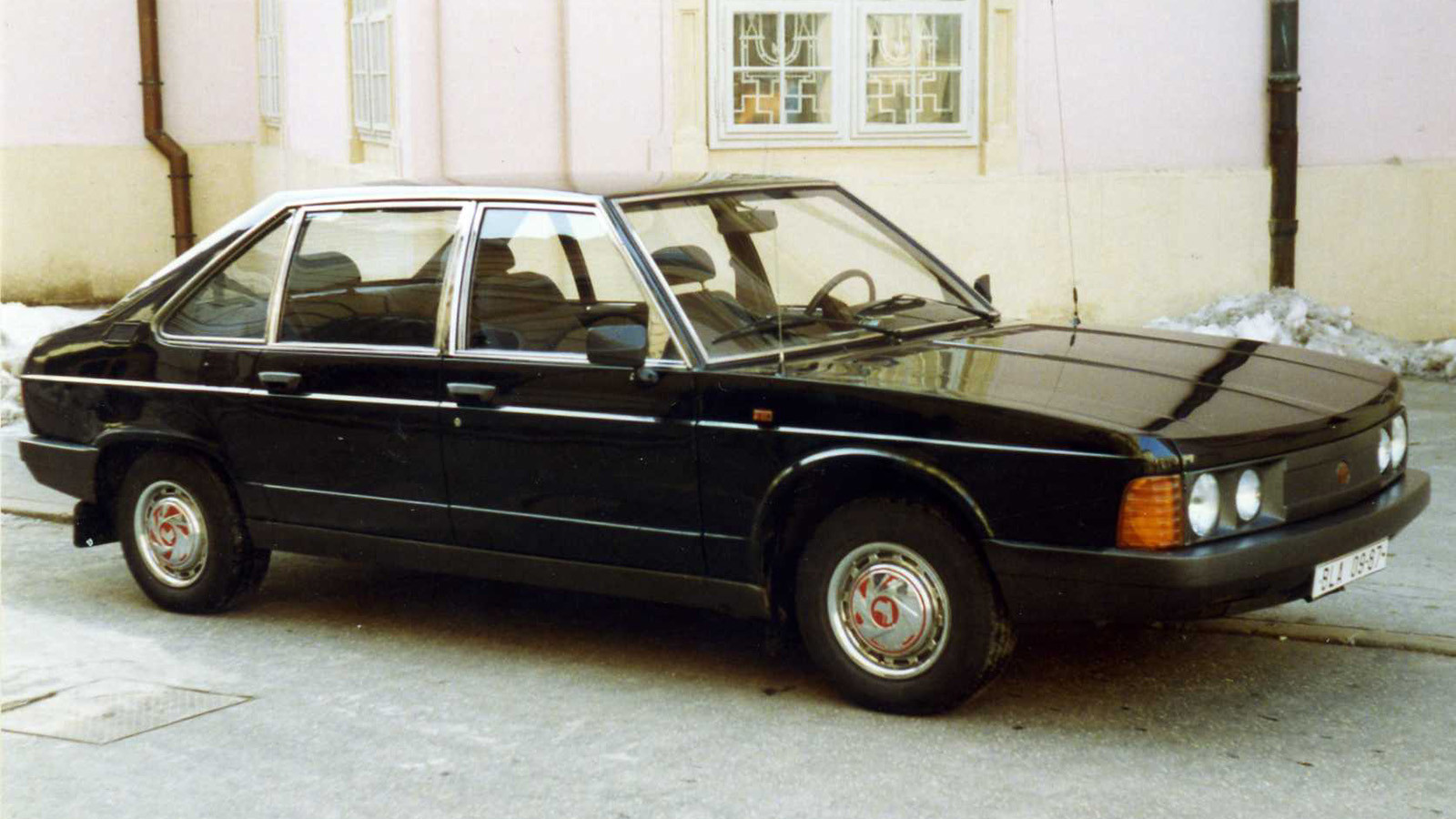 © Felix O/Creative Commons licence https://creativecommons.org/licenses/by-sa/2.0/
© Felix O/Creative Commons licence https://creativecommons.org/licenses/by-sa/2.0/
-
Giving grilles a grilling
If you think about the key design features of a car, we often picture things like headlamps, wheels, windows, doors, a bonnet, a boot and a grille.
Regardless of how these components are styled, they are essential functional parts of a vehicle.
Each manufacturer has their own take on how these features should come together to form a cohesive design, but these are commonly seen as the fundamentals.
However, some classic cars were never made with grilles.
Often, this was due to rear-engined configurations, but other times it was purely an aesthetic vision that didn’t allow for a large opening at the front end.
Here, in chronological order, we’ve brought together 25 of our favourite classic cars that don’t have grilles.
-
1. 1945 Volkswagen Beetle
Thanks to the VW Beetle’s rear-engined, air-cooled set-up, there was never a need to introduce airflow through the front of the vehicle.
Instead, the space under the bonnet is used to store a spare wheel and this is perhaps one of the earliest examples of the ‘frunk’.
All of its various generations were missing a traditional grille.
In 1997, Volkswagen redesigned the Beetle and put the engine in the front and boot space in the rear.
This shifted the powertrain to front-wheel drive instead of rear-wheel drive but, while some air cooling was required, the curved design was retained and air was directed into the engine bay from the lower fascia.
-
2. 1948 Porsche 356
Introduced in 1948, the 356 was Porsche’s first car. It used a 1.1-litre, air-cooled, four-cylinder boxer engine from Volkswagen with 35bhp, mounted at the rear.
Early Pre-A examples featured split windscreens and trafficators instead of indicators. From 1952, the windscreen had a crease down the middle instead and the 356A was launched in 1955 – the updated model had a choice of more powerful engines.
From the 356A, horn grilles were introduced to amplify the sound of the horn. These were integrated with the indicators at the front of the car beneath the headlights.
This is a styling element that was maintained on the 356B and 356C until the model ceased production in 1966.
-
3. 1950 Volkswagen Type 2
After the Beetle, the Type 2 was Volkswagen’s second model. It was initially offered in three different body styles: Transporter, Kombi or Microbus.
It was originally pitched as a light commercial vehicle that could be used as a van or minibus. Like the Beetle, it was rear engined so didn’t have any requirement for an air intake at the front.
Underneath the rear window on both sides the Type 2 has gill-like vents to allow airflow to the engine.
Until 1979, the engine drove the rear wheels, but four-wheel drive was introduced for the third-generation variant.
From 1990, the motor was moved to the front which resulted in a longer bonnet instead of the flat nose the Type 2 had been known for.
-
4. 1954 Jensen 541
Unlike the other cars we’ve seen so far, the Jensen 541’s styling doesn’t immediately ignore the existence of a grille.
This is also the first front-engined model on our list, with a straight-six that could take this car to 120mph. The subsequent 541R was even more powerful.
Instead of a grille, the Jensen 541 had a solid flap which could be opened or closed.
By leaving it in the closed position and starting the engine, the driver could get the ‘six’ to heat up much more quickly.
Once the unit was up to temperature, the flap could be opened to stop it from overheating.
-
5. 1955 Citroën DS
Its 18 years of development meant the Citroën DS was one of the most advanced cars of the period.
As well as its futuristic exterior styling, the car featured innovative self-levelling hydropneumatic suspension, and was the first mass-produced vehicle with this system and disc brakes.
Although the DS was front-engined and front-wheel drive, Citroën favoured its smooth aerodynamic design so instead of making a grille, the front end had a small slit to allow air into the engine bay.
In 20 years, Citroën produced 1.4 million examples of its DS.
-
6. 1956 Renault Dauphine
Similar to Volkswagen’s approach at the time, Renault favoured rear-mounted engines.
The Dauphine had an 875cc, four-cylinder motor which could propel the car up to 68mph.
Air was funnelled through from intakes in front of the rear wheels and a vertical grille at the back which was separated by a numberplate in the centre.
While the rear-engined set-up produced a very cute-looking car, its handling was said to be impacted by this weight at the back.
Almost 62% of the car’s weight sat on the rear wheels and the suspension of the era was not advanced enough to cope with this heft at speed.
Renault recommended front tyre pressures be set at 15psi with the rear at 23psi, but this still didn’t fix its tendency to oversteer.
-
7. 1956 Tatra 603
Tatra is a Czech car maker that was founded in 1850 to produce horse-drawn carriages. Its vehicle manufacturing then began in 1897, making it the third-oldest automotive manufacturer in the world.
The Tatra 603 was a post-war luxury model built across three generations, with its 2.5-litre, air-cooled V8 at the rear.
The Tatra 603 was mostly sold to political and industrial leaders, and exported to allied countries of the period.
Sales to individuals were usually not possible and it’s thought only a handful were privately owned.
The story goes that the name 603 stood for it being a six person car that zero people could afford and was usually travelled in by three passengers: a driver, an official and their secretary.
Despite its luxury status, the 603s were campaigned in around 80 events from 1957 to 1967.
-
8. 1957 NSU Prinz
The NSU Prinz had a 583cc, rear-mounted, air-cooled engine that was very economical.
Indeed, the astronaut John Glenn drove an NSU Prinz instead of a Chevrolet Corvette like his astronaut colleagues.
This allowed him to put more money aside to fund his children’s college studies, thanks to the savings he made in fuel costs.
-
9. 1958 Renault Caravelle/Floride
Renault wanted to take on VW in North America and the Caravelle was part of this charge, based on the aforementioned Dauphine.
Although it was produced in France, it was styled by the Italian designer Pietro Frua and, given it was based on the Dauphine, it also featured a rear-engine, rear-wheel-drive configuration.
At its launch in 1958, models built for the European market were called Florides, however dealers in the USA were worried about upsetting potential buyers in other states, so they received the same car badged as the Caravelle, a moniker borrowed from a contemporary French passenger jet – then all markets adopted the latter after 1962.
When the car was launched, Brigitte Bardot was pictured with it in promotional material and the model enjoyed a 10-year production run.
-
10. 1959 BMW 700
The BMW 700 marked a turning point for the German car maker in terms of profitability.
Although it was quite basic, it was a very reasonably priced car and was praised for being well built.
A 697cc ’bike engine sat in the boot which gave the BMW 700 a top speed of 75mph, plus it could get the car up to 60mph in around 26 secs – in 1964, a Sport edition offered customers a more powerful version.
When the 700 was launched at the Frankfurt motor show it was immediately a hit.
BMW took 15,000 orders from German customers at the show and an additional 10,000 orders came from America.
These were its two biggest markets and a year later the 700 had saved BMW from its potential demise.
Nearly 60% of the company’s turnover was down to the 700 and the rest was mostly from the Isetta.
-
11. 1961 Volkswagen Type 3
Unsurprisingly, the VW Type 3 used the same air-cooled, rear-mounted engine as the Beetle, but the Type 3 offered a lot more space.
The car was available in three body styles: a notchback, a fastback and an estate.
Even though the engine was at the back, it was set low to the ground so the Type 3 benefited from a boot and a frunk which could store a spare wheel.
In 1969, the engine was upgraded to a flat-four, the Type 3 got new bumpers, a larger frunk and new tail-light and indicator designs.
Thanks to its practicality and good range of body styles, the Type 3 was a success for Volkswagen with 2.6 million units sold over a 12-year production run.
-
12. 1962 Renault R8
The R8 was built on the Renault Dauphine chassis and featured the same rear-engined, rear-wheel-drive architecture.
You might also know this car as the Renault 8, but it was called the Renault R8 until 1964.
In Romania, this classic Renault was produced under licence as the Dacia 1100. The car was also built in France, Spain and Bulgaria, and assembled in Venezuela, Mexico, Algeria, Morocco, Canada, Australia and New Zealand.
French-built cars had disc brakes on each wheel, while those produced in Spain had rear drum brakes.
The 8 was the basis for the larger Renault 10, and both were manufactured alongside each other until the early 1970s.
Later Gordini models also saw competition success across Europe, South Africa and Australia.
-
13. 1964 Volkswagen Beach Buggy
In 1964 the first dune buggy, or beach buggy, was built by Bruce Meyers, called the Meyers Manx.
The vehicle was a glassfibre-bodied kit car bolted to a shortened VW Beetle chassis.
As the name suggested it was designed to conquer sandy environments like dunes, beaches and deserts. It took a few years before demand started to take off, but Meyers was unable to keep the rights over the design.
Once the beach buggy’s popularity grew, several companies made their own versions that featured common threads of the design: an open top roof, a glassfibre body, large wheels and tyres, and a rear-mounted engine.
Because there were so many businesses either offering kits to modify existing cars or building new beach buggies, it’s hard to know how many were created.
-
14. 1965 Fiat 850 Spider
In 1964, Fiat launched the 850 saloon with the Spider version revealed a year later. It was designed to take on the likes of the MG Midget and Austin-Healey Sprite.
The saloon and coupé versions were designed and built in-house, but the Spider was entrusted to Bertone during Giorgetto Giugiaro’s tenure with the stylist and coachbuilder.
The Spider had a rear-mounted, 843cc engine and could deliver up to a very reasonable 40mpg.
Of the 125,000 that were produced, around 87,000 found a home in the US. Just 30 Spider versions are estimated to be registered in the UK at the time of writing.
-
15. 1965 Porsche 911 targa
In response to increasing safety concerns about convertible cars and with a potential ban being called for in America, Porsche launched the 911 targa at the Frankfurt motor show.
The targa sits between a convertible and a coupé by integrating a fixed rollbar into a section of roof, allowing other sections to be removed while still retaining the structural integrity of the car.
The rear-window section initially folded down, but Porsche later offered a fixed and heated rear window instead which became part of the standard specification.
The Porsche 911 is rear-engined, so it never needed any air coming in to the front of the vehicle.
-
16. 1966 Alfa Romeo Spider
Launched in 1966, the Alfa Romeo Spider was available across four generations over the 30 years it was in production.
This was the last car designed by Battista Pininfarina.
Alfa Romeo hosted a competition to decide what it should call the model and the winner proposed the name ‘Duetto’, meaning duet. Unfortunately, a confectionary company was already using the name so the car was dubbed Spider.
Across this classic Alfa’s generations, several different front-mounted engine options were available.
Earlier examples had very small grilles which featured the Alfa Romeo badge in the centre. This was omitted for the Series 3 which housed the badge in a black plastic trapezium integrated into the chunky front bumper.
The small triangular grille was reintroduced for the Series 4, along with a long opening in the lower fascia.
-
17. 1966 Lotus Europa
By the 1960s, motorsport was dominated by mid-engined racing cars, so Colin Chapman decided to take inspiration from this and implement it into a road car.
This was also the first Lotus to come from Hethel after the company relocated from Cheshunt in 1966.
The Lotus Europa was developed from the Elan chassis and featured an impressive aerodynamic shape.
With the 1.5-litre Renault engine nestled behind the cabin, there was no need for Lotus to incorporate a grille into the front of the vehicle.
Beneath the chrome bumper was a small indent to house the numberplate flush with the rest of the body.
On top of the engine at the rear there were two oval-shaped cutouts covered in metal mesh to allow hot air to escape from the engine bay.
-
18. 1968 Fiat 500L
Just over a decade after Fiat released the 500, the Lusso version was launched.
As the name suggests, this was Fiat’s luxury trim for its tiny car. Additional features included tubular chrome bumper overriders at the front and rear, rectangular tail-lights and rear badging that spelled out Fiat in capital letters.
Inside, there was a new dashboard layout and a black steering wheel, as well as ribbed vinyl seats and door panels. The seats also reclined and the interior was carpeted.
Although there was plenty of space at the front to house an engine, the tiny unit was fitted behind the seats.
-
19. 1968 Volkswagen Type 4
While the VW Beetle was experiencing global success, its maker was keen to keep developing its product line-up, so the Type 4 was introduced in 1968.
It was based on the Beetle platform, but it was larger and offered as a two-door, or Volkswagen’s first four-door saloon.
Even though the car was bigger, its commonality with the Beetle meant it had a rear-mounted, flat-four 1679cc engine.
The marketing campaign around the Type 4 emphasised its size and luxury features.
An early advert referred to the car as ‘Der Grosße aus Wolfsburg’ (‘the big one from Wolfsburg’).
Inside, there were six-way adjustable, reclining front seats, draught-free air circulation and a heat system with a thermostat.
Sales literature reportedly likened the Type 4’s suspension to the Porsche 911’s, but focused on the family car’s stability rather than its ability to go fast.
-
20. 1969 Porsche 914
Developed in collaboration with Volkswagen, the Porsche 914 was also known as the VW Porsche
It was designed to be the entry-level model in Porsche’s line-up and was either available with a 1.7-litre Volkswagen motor or a 2-litre unit from the Porsche 911 T – later, two more engine options were introduced for the model years 1973 and 1974.
The 914 was a mid-engined sports car and, for its size, had what was considered to be a long wheelbase with very short overhangs.
This was to fit the engine and cabin between the wheels to improve handling.
With no motor under the bonnet, there was room to fit pop-up headlights inside the vertical indicators. In addition, the foglights were integrated into the horn grilles in front of the wheelarches.
-
21. 1971 Lotus Elan Sprint fhc
The Sprint was the final version of the Lotus Elan. It was offered as a more powerful variant of the fourth-generation Elan and survived until the model was taken off sale in 1973.
The Elan itself set the engineering standard for subsequent Lotus models, being the first road car from the brand to use a steel backbone chassis and glassfibre body.
True to its name, the front-engined, rear-wheel-drive sports car was much quicker than the standard Elan.
Its top speed was said to be 123mph and it could reach 60mph in 6.6 secs.
This was a second quicker than the top-spec Special Equipment (SE) version which was a more powerful and better equipped option available for Series 2, 3 and 4 models.
-
22. 1972 Fiat 126
The Fiat 126 had a tough act to follow and unfortunately never managed to live up to the success of its predecessor, the 500.
Regardless, by the time the 126 was launched, Fiat had mastered the art of the city car.
Unsurprisingly, the 126 was based on the tried-and-tested 500 platform with redesigned exterior styling, improved safety levels and a more powerful engine, plus a four-speed gearbox with synchromesh on the last three gears.
Although the Fiat 126 didn’t enjoy the same popularity as the 500 in Western Europe, it was a sensation in Poland.
It’s estimated that almost three quarters of the Fiat 126s produced were built in Poland and the car was also manufactured in what was then Yugoslavia.
Outside Europe it popped up in China, Australia and Cuba. Later Bis versions switched to a water-cooled engine instead of an air-cooled one.
-
23. 1972 Jensen-Healey
As the Austin-Healey 3000 concluded production in 1968, Jensen wanted to create a two-seat roadster. Donald and Geoffrey Healey were brought in to work on the project which the team had high hopes of producing 10,000 units a year.
This made it difficult to find an engine supplier to meet this proposed demand and the company ended up using the Lotus Type 907 twin-cam unit.
Despite housing the powerplant in the front, the Jensen-Healey’s design focused more on creating a sleek silhouette rather than having a flat nose to put a grille on.
Unfortunately, the model was riddled with reliability issues and even after the GT shooting-brake version arrived in 1975, it wasn’t enough to save Jensen from folding in 1976.
-
24. 1974 Lamborghini Countach
Arguably, the Lamborghini Countach features a much more interesting solution for airflow than a grille.
Its famous design perfectly funnels air behind the cabin to reach the naturally aspirated V12 engine.
Following the Miura, Lamborghini secured its position as a supercar manufacturer with the Countach. Its wedge shape was typical of that era of Bertone design, led by Marcello Gandini.
With a vision as daring as the Countach, the doors couldn’t simply open out like regular doors.
Instead, scissor doors were inspired by the Alfa Romeo Carabo concept that Gandini had designed a few years prior.
This combination of an angular design teamed with raw power and sophisticated handling meant the Countach was a pivotal point in the history of the supercar.
-
25. 1974 Tatra 613
Like Tatra models before it, the 613 was designed to be a flagship vehicle for communist officials.
This was the brand’s first model not to be styled in-house and was entrusted to Vignale of Italy.
The car also received some mechanical tweaks compared to its predecessors, with the engine positioned above the rear axle rather than behind it, to improve handling.
Towards the end of the decade around 1500 613 models were produced every year to supply government officials.
By the 1980s, sales dipped to just a few hundred a year and UN trade sanctions with countries Tatra supplied also made a dent in production.
In 1996, just 11 cars rolled off the factory’s line and Tatra’s car production ceased altogether in 1998.
Today, the company only makes trucks.
We hope you enjoyed this gallery. Please click the ‘Follow’ button above for more super stories from Classic & Sports Car.
